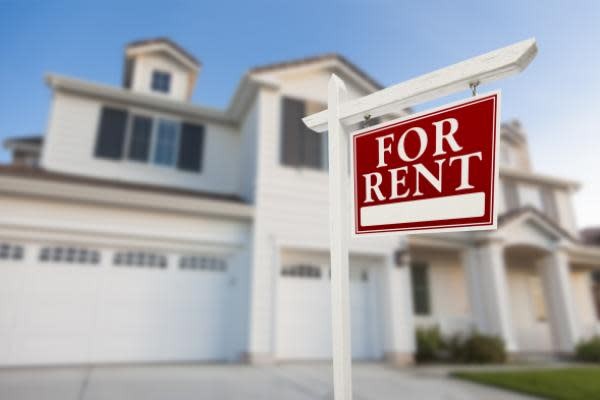
A new research paper from MetLife Investment Management predicts that institutional investors will dramatically increase their ownership of single-family rental homes (SFRs) over the next several years, potentially reaching 40% of the market by 2030.
Currently, institutions own approximately 700,000 SFRs, representing just 5% of the national rental home inventory. The projected growth would bring their holdings to around 7.6 million homes by the end of the decade.
Investment activity in the sector has been robust, with institutions pouring over $60 billion into SFR properties over the past year. In 2021 alone, they spent $2.5 billion acquiring communities of 50 or more units, nearly triple the previous high of $887 million set in 2018.
However, economic headwinds may slow this aggressive expansion. According to Yardi Matrix analyst Paul Fiorilla, rising home prices and increased mortgage costs in 2022 have made capital more expensive for institutional buyers, likely moderating both growth and returns.
The trend of institutional investment varies significantly by region. States seeing the highest levels of investor purchases include Georgia (33%), Arizona (31%), and Nevada (30%), followed by California and Texas at 29% each.
While proponents argue that large institutional owners provide better service and maintenance compared to small landlords, critics worry about the impact on housing affordability and homeownership opportunities. The shift has sparked particular concern in Sun Belt states, where institutional buyers often outbid individual home seekers, especially affecting suburban Black and Hispanic families' path to homeownership.
John Burns, CEO of John Burns Real Estate Consulting, offers a nuanced view, noting that many renters choose to lease homes temporarily due to life circumstances like relocation or divorce, rather than being priced out of buying. He emphasizes that institutional ownership can provide stability and reliable property management for these tenants.
The value of single-family rental properties has doubled to $4.7 trillion over the past decade, highlighting the growing significance of this market segment in American housing.